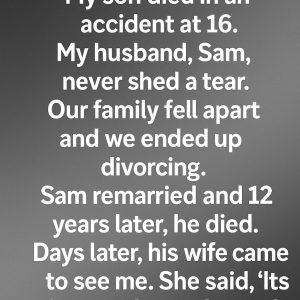Ambiguous images, like one that can appear as either a fish or a plane, reveal fascinating aspects of how our brains process visual information. When someone sees a fish first, it may indicate that their visual system is focusing on smaller, enclosed shapes, reflecting a detail-oriented perception style. Conversely, perceiving a plane suggests the brain is grouping broader contours and imagining larger, more abstract forms, demonstrating a big-picture approach. These interpretations are not about fixed personality traits but rather about which perceptual patterns your brain favors in that moment. The same image could trigger a different perception on another glance, highlighting the fluidity of visual processing.
For years, popular psychology promoted the idea of left-brain versus right-brain thinking, suggesting that left-brained people are analytical, logical, and excel at math and language, while right-brained individuals are creative, intuitive, and artistic. While this framework is appealingly simple, modern neuroscience shows it is largely a myth. Brain imaging studies reveal that both hemispheres cooperate in nearly every task, from solving complex equations to composing music or painting. The fish-or-plane test does not diagnose hemispheric dominance; it merely reflects which visual cues your brain prioritized at that moment.
The brain regions involved in interpreting ambiguous images are complex and coordinated. The visual cortex processes the shapes and edges, while the parietal and frontal lobes help interpret what those shapes represent. Meanwhile, the brain’s pattern-recognition system constantly compares incoming visual information with stored memories and familiar forms. This ongoing process means that what you perceive first—fish or plane—reveals the way your brain initially organizes and interprets sensory input rather than revealing innate creativity or analytical skill. It is an example of perception in action, dynamic and situational.
Humans are naturally drawn to tests like these because they provide a sense of insight into our identity and cognitive style. Optical illusions and “what do you see first?” images create a narrative about the way we think, satisfying our desire to understand ourselves. While entertaining and thought-provoking, these tests are not scientifically diagnostic, and they should be viewed as playful explorations of perception rather than definitive statements about intelligence, creativity, or personality. They remind us that perspective—both literal and figurative—shapes how we experience the world.
In summary, seeing a fish or a plane in an ambiguous image highlights the brain’s remarkable ability to interpret patterns and prioritize certain visual cues. This first impression does not reflect a strict analytical or creative tendency, nor does it indicate dominance of one brain hemisphere over the other. Instead, it showcases the brain’s flexible, collaborative processing system, where multiple regions work together to make sense of visual input. Ultimately, these exercises underscore the dynamic interplay between perception, cognition, and personal perspective, showing that intelligence and creativity emerge from the coordinated effort of the whole brain rather than one isolated side.





